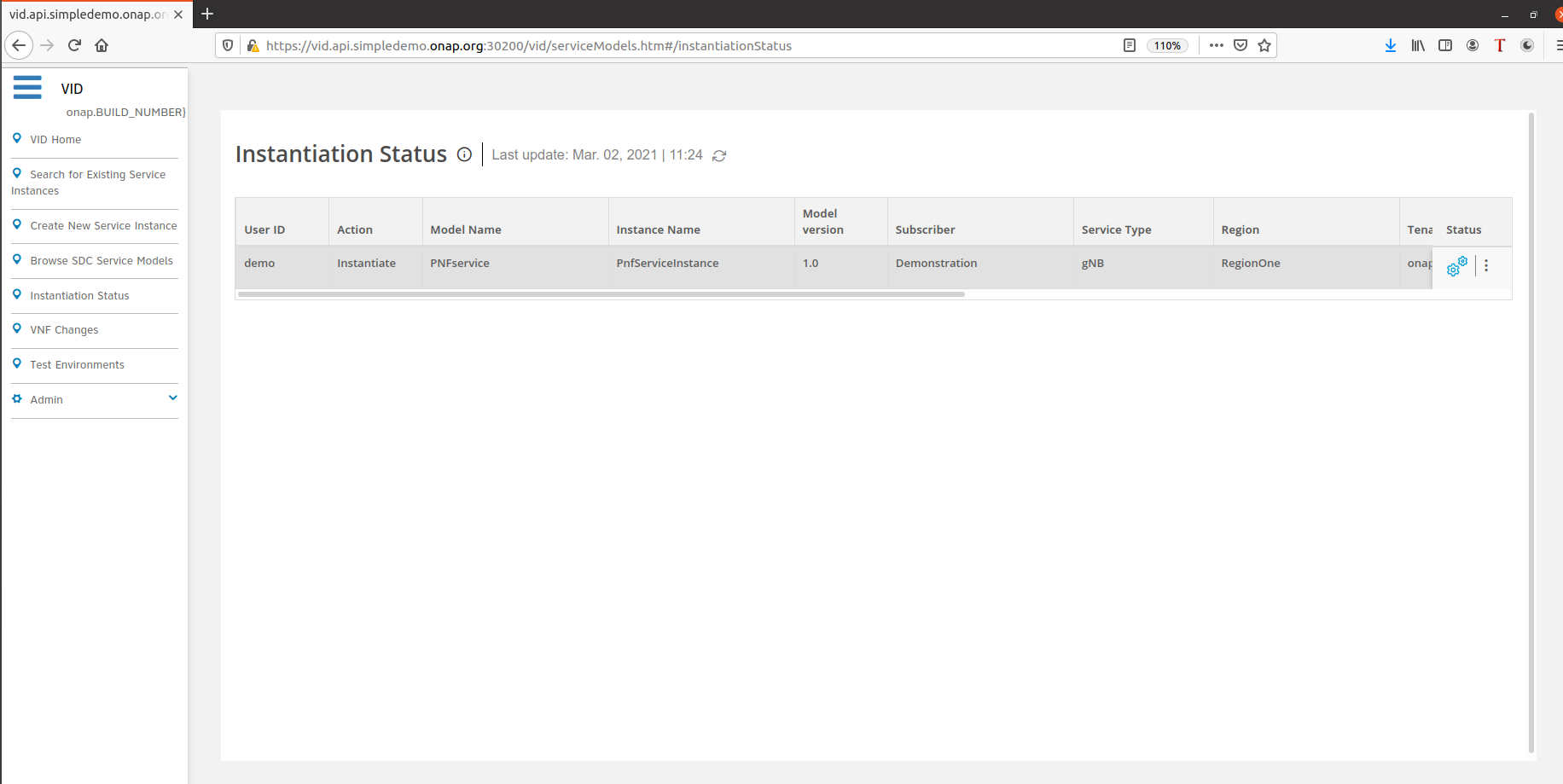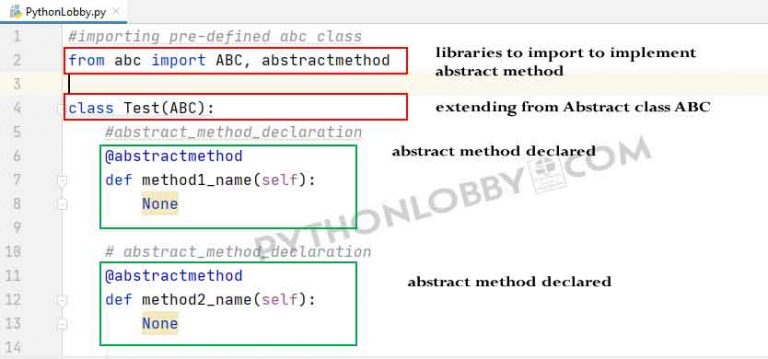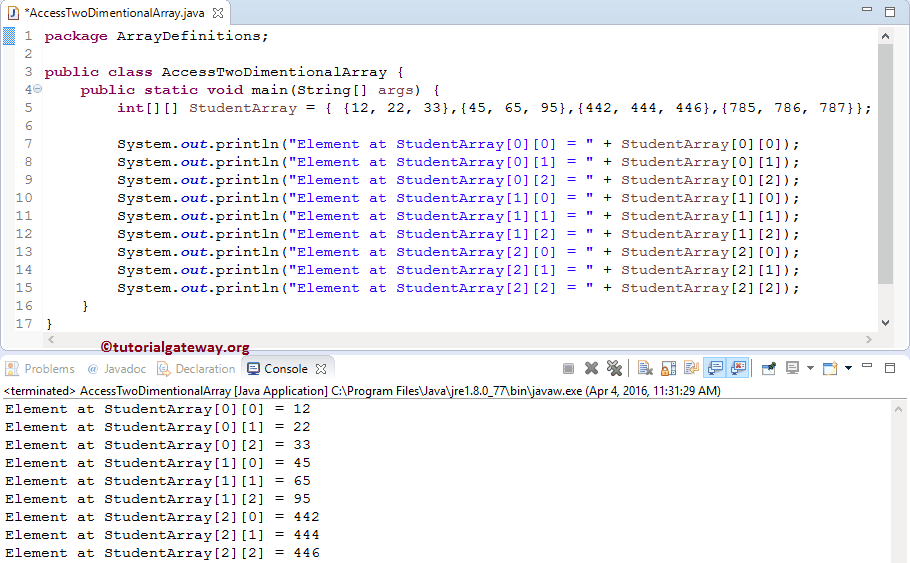
The alignment property changes the default position of the grid from the top left of the scene to the center.
#Networkview instantiate tutorial example code#
The remainder of the code controls the alignment and spacing of the grid pane. The xmlns:fx attribute is always required and specifies the fx namespace. The fx:controller attribute is required when you specify controller-based event handlers in your markup. In this application, the GridPane layout is the root element of the FXML document and as such has two attributes. Right-click Sample.fxml and choose Rename. In the Projects window, right-click SampleController.java and choose Refactor then Rename.Įnter FXMLExampleController, and click Refactor. Rename SampleController.java to FXMLExampleController.java so that the name is more meaningful for this application.

This is the controller file for handling the mouse and keyboard input. This is the FXML source file in which you define the user interface. This file takes care of the standard Java code required for an FXML application. The application includes three files:įXMLExample.java. NetBeans IDE opens an FXML project that includes the code for a basic Hello World application. Name the project FXMLExample and click Finish.

In the JavaFX application category, choose JavaFX FXML Application. Your first task is to set up a JavaFX FXML project in NetBeans IDE:



 0 kommentar(er)
0 kommentar(er)
